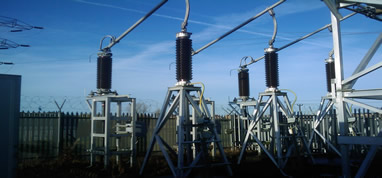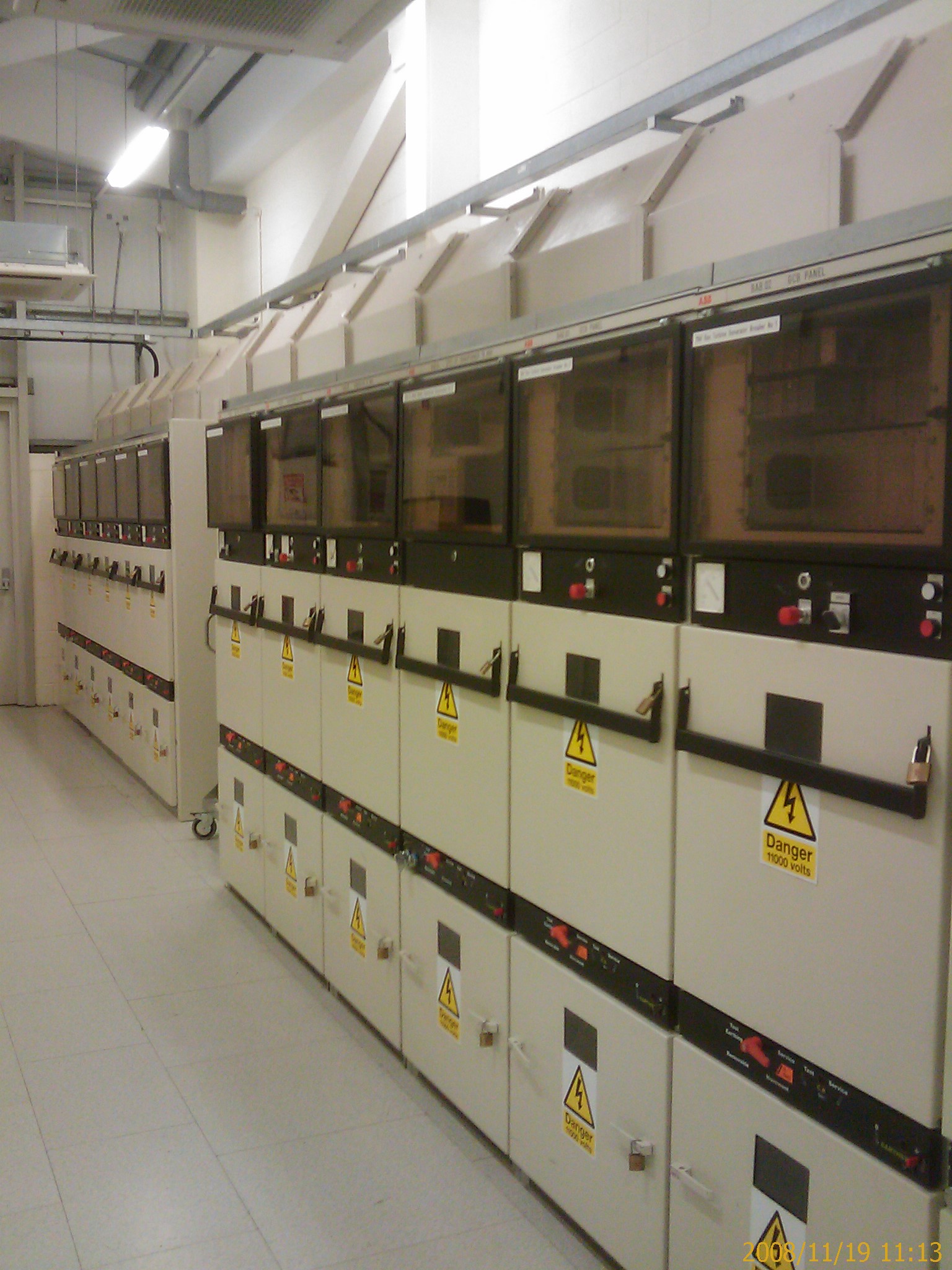
ELECTRICAL ENGINEERING
| Home |
| Services |
| Contact us |
| Modelling and Analysis - Loadflow & Fault Levels | |
|
Loadflow Analysis Existing system loadflow analysis is usually requested when considering the impact of new equipment or re-configuration of existing equipment in order to facilitate other works. The loadflow analysis will often be completed alongside a protection review as the equipment both needs to be able to carry the predicted load current within it's rating and also without inadvertant operation of any protective devices. New installations are often analysed for loadflow to ensure that the effect of the new equipment on the existing system is within acceptable limits. Windfarms, for example, require to be able to control their reactive power profile as the Grid Code and their connection agreement identify. This usually entails (although this is highly dependant on the size, location and connection type of the windfarm) the ability to control the overal power factor to +-0.95 and run with a nett reactive profile of zero (i.e. neither importing nor exporting reactive power). This involves modelling the wind turbine generator profile and turbine step up transformer in order to create a model of each turbine installation and then integrate this into the cable network proposed (usually based on predicted full load currents & simplicity of cable selection) through to the main grid connection transformer or terminal point. The model can then be simulated at the various load points on the windfarm reflecting the variable yield from the wind and the effect on the voltage at the terminal point and reactive power flows quantified. This hence leads to a specification of the reactive power compensation. Fault Level Analysis There are additional variations to take into account with regard to nominal system voltage, transformer taps and reactive compensation in order to ascertain the maximum fault currents. However it is also very important to determine the minimum fault currents that will flow as the protection devices need to be confirmed as having enough fault current to cause operation and hence prevent a long-term overload condition. Typically, fault level analysis in the UK will be completed to BS EN 60909 although the fault levels utilised for Arc Flash Analysis are derived from the American standards for fault current calculation. Although similar in output the methods of calculation are different and hence are not exactly comparable.
|
|
| Technical Links | ||
Want to know more about Arc Flash Assessments?
| ||
Send mail to stuart.shaw@shawpower.com with any questions regarding this website
Shaw Power Ltd. is registered as a Company in England and Wales. Company number: 11502322
Director: Stuart Shaw
Copyright © 2018 Shaw Power Ltd
Last Modified 8th October 2018

